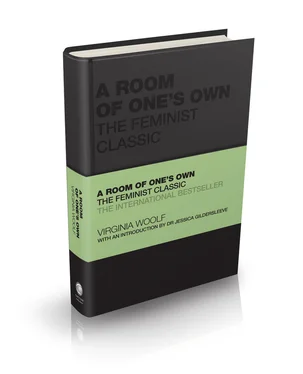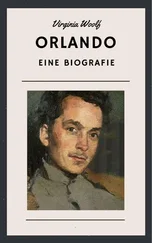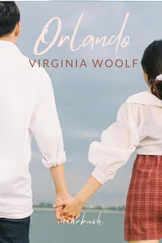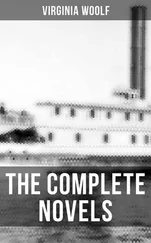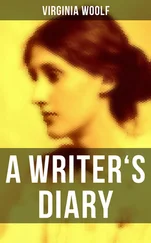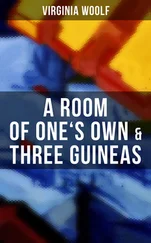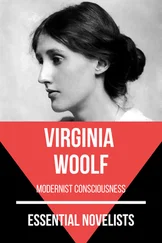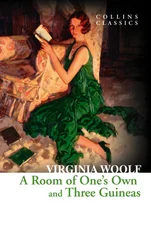‘Professions for Women’ covers many of the same points as its much longer sister‐essay, A Room of One's Own : the obstacles to women's success as writers (‘The cheapness of writing paper is, of course, the reason why women have succeeded as writers before they have succeeded in other professions’); the importance of a matrilineal literary heritage (‘the road was cut many years ago … [by] many famous women, and many more unknown and forgotten … making the path smooth, and regulating my steps’); and the satisfaction of an income earned from one's writing. Regarding the latter point, we must always keep in mind Woolf's upper‐middle‐class circumstances. For instance, she admits at one point that ‘instead of spending that sum upon bread and butter, rent, shoes and stockings, or butcher's bills, I went out and bought a cat – a beautiful cat, a Persian cat.’ The essay also returns to the concern she had raised in her diary about the potentially dismissive reception of A Room of One's Own , in her observation that truth ‘cannot be dealt with freely and openly by women; they must charm, they must conciliate, they must – to put it bluntly – tell lies if they are to succeed.’
But ‘Professions for Women’ is most important for its recognition of an obstacle not recognised in A Room of One's Own : ‘if I were going to review books I should need to do battle with a certain phantom. And the phantom was a woman … It was she who used to come between me and my paper when I was writing reviews. It was she who bothered me and wasted my time and so tormented me that at last I killed her.’
KILLING THE IDEALISED WOMAN
Named after Coventry Patmore's 1854 poem of the same title, Woolf's so‐called ‘Angel in the House’ conveys the way the idealised image of woman becomes a spectre that stops women from writing. This ‘angel in the house’ is both a symbol of cultural discourses about women's roles and a persistent internal monologue that discourages women from writing.
Both A Room of One's Own and ‘Professions for Women’ steer clear of the more militant outrage that characterises Three Guineas (1938), an essay frequently published alongside A Room of One's Own . But the essay (cast as a lecture, as in the two earlier works, or as a letter, as in Three Guineas ) was a form that Woolf found appropriate for expressing her social and political views. As Anne E. Fernald (1994) notes, the essay was ‘well‐suited to making arguments for social change, in spite of many dismissals of it as too polite, too conciliatory, too willing to play the feminine role of “hostess” to contradictory or even offensive ideas.’
It is more useful to see A Room of One's Own as an essay rather than as, for instance, a feminist manifesto, since it ‘refuses to stake out a set position’ or an ‘assumption of authority’, as Randi Saloman (2013) suggests. She notes that its style may be meandering and even indeterminate, but it is through the very open‐endedness of the essay that young women reading it can be inspired to imagine unique futures.
WOOLF AS MODERNIST WRITER
A Room of One's Own is not only critical as a document in feminist history: it also demonstrates several aspects of Woolf's approach to the new possibilities of narrative within the modernist movement. Alongside James Joyce, Katherine Mansfield, and T.S. Eliot, Woolf is recognised as one of the great writers of literary modernism, the period roughly spanning the last years of the nineteenth century up until the end of the Second World War. But how specifically is Woolf's modernism expressed in A Room of One's Own ?
Modernism is associated with experimentation in form, particularly narrative fragmentation. The stream of consciousness technique, influenced by psychoanalysis and its revelations about the mind, seeks to represent the endless movements of thought. Indeed, whereas literature of the nineteenth century is primarily associated with realism, and an assumption that the world can be represented just as it is, modernism shifted from an interest in external to internal representation.
Writers such as Woolf, as well as visual artists including Vincent Van Gogh, sought to capture the individual impression of a moment in time. Woolf termed this ‘moments of being.’ Her short story, ‘Kew Gardens’ (1919), demonstrates this, describing the individual thoughts and impressions of a range of people – and even a snail – wandering the gardens. In the contrasts and conflicts between the contemplations of these people, as well as the elevation of the snail's own consciousness, Woolf makes clear the impossibility of a single, unified realism or even, as A Room of One's Own reiterates, a unified truth.
Much of the early sections of A Room of One's Own demonstrate not only an emphasis on the importance of the ordinary, but also the stream of consciousness technique. Woolf ruminates on women's position in, and in relation to, fiction while wandering through the university campus, driving through country lanes, and dawdling over a leisurely solo lunch. Critically, however, she also uses frequent patriarchal interruptions to that flow of thought – a college beadle waving his arms in exasperation as she walks on a private patch of grass, a less‐than‐satisfactory dinner served in the women's college, a ‘deprecating, silvery, kindly gentleman’ who turns her away from the the university library. These episodes serve to underscore the way in which such interruptions disrupt the work of a woman without a room.
The same lesson, incidentally, is imparted at the conclusion of To the Lighthouse , in which the artist Lily Briscoe must figure out how to shed the overbearing influence of Mr and Mrs Ramsay if she is to ‘have her vision.’ The Mr Ramsay character, a professor based on Woolf's own father, demands the full attention and respect of his wife and family. The novel opens with an example of the stream of consciousness technique, depicting a confrontation between Mr and Mrs Ramsay as to the expected weather. Oblivious to the desires of his young son, who wishes to travel on a small boat to the lighthouse just off shore from the Ramsays' holiday house, Mr Ramsay insists that he is correct, that both his wife and son must align with his view of the world. Part of the evolution of the novel involves Mr Ramsay coming to tolerate, if not understand, the consciousnesses of those around him. Crucially, it is the artist, Lily Briscoe, who imparts this knowledge to him. Standing in some ways for Woolf herself, Lily must not only kill the ‘angel in the house’ (Mrs Ramsay, the symbol of Victorian womanhood), but confront Mr Ramsay, the symbol of patriarchal intellectualism as gatekeeper. Only then can she work.
Woolf knew that the flights and flow of modernist technique took time and effort to get right. It would not be possible for women writers who did not have the luxury of time and space to be alone and properly think through style, pacing, and characterisation. The tradition‐smashing nature of modernist literature and art still required a level of material and social freedom among its practitioners.
A Room of One's Own has been critical for the feminist movement, for studies of women's literary history and of modernism. But it is not without issues.
Part of the purpose of the essay is to encourage women to make their living through writing but, as we have said, Woolf herself was in a privileged position. She admits her good fortune in inheriting £500 a year from an aunt, such that her purse now ‘breed[s] ten‐shilling notes automatically.’ With such circumstances, it seems easy for her to advise against ‘doing work that one did not wish to do, and to do it like a slave, flattering and fawning.’ Yet it should not take away from her wider point, expressed at several points in the essay, that women through history have never been in control of money. Instead of earning through careers (which were forbidden to women), or being able to invest money for good ends (such as endowing university colleges), women – even if they were comparatively well‐off, had been reduced to ‘grateful recipients’. Woolf's windfall comes the same year that an act was passed for women to vote, but she describes her new fixed income as ‘infinitely more important.’ She could spend more time with her artistic friends in what would become the Bloomsbury set, but it also enabled her to stop seeking poorly paid journalism or teaching work. She could raise her literary sights and become a voice for women.
Читать дальше
